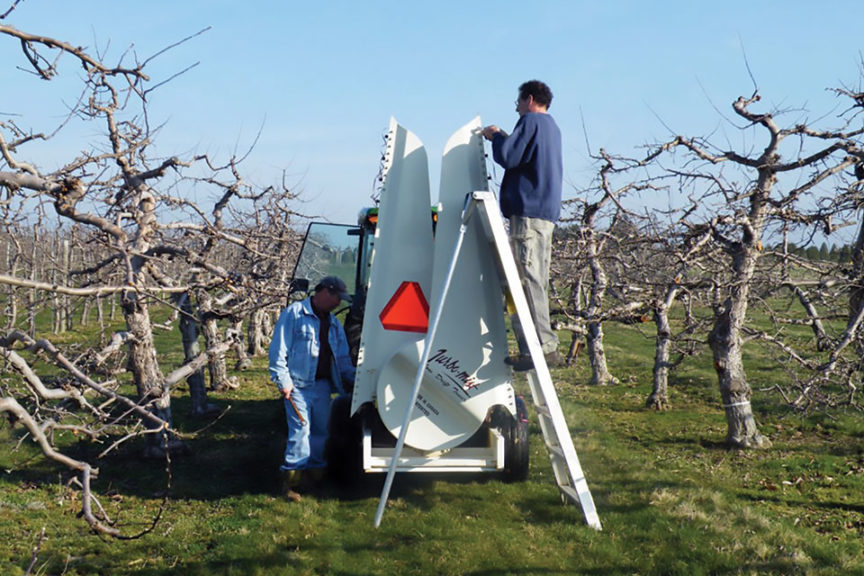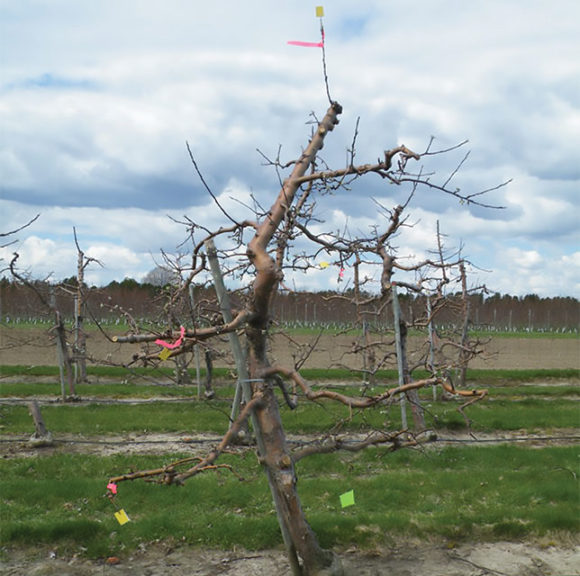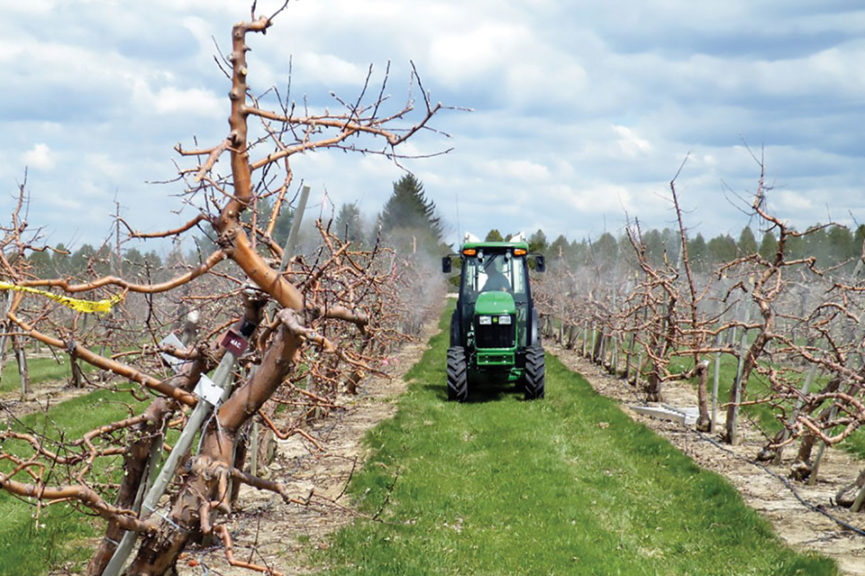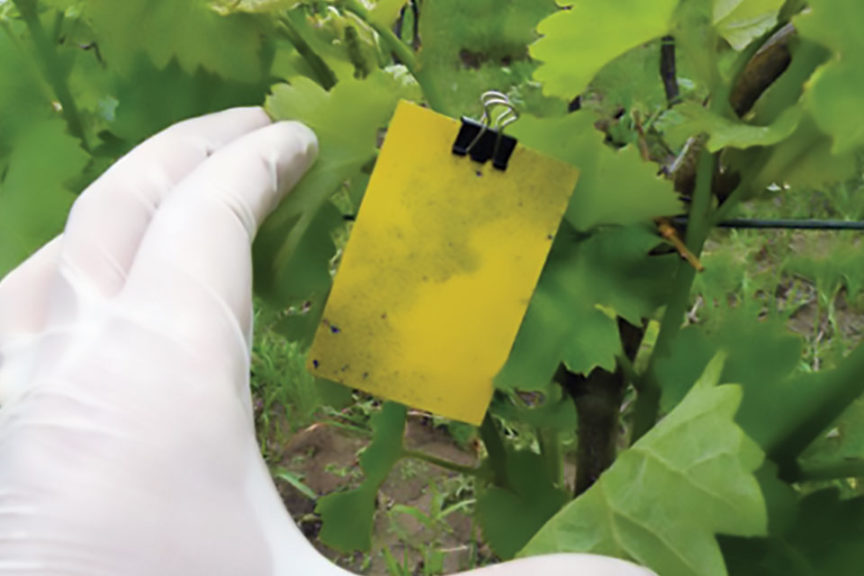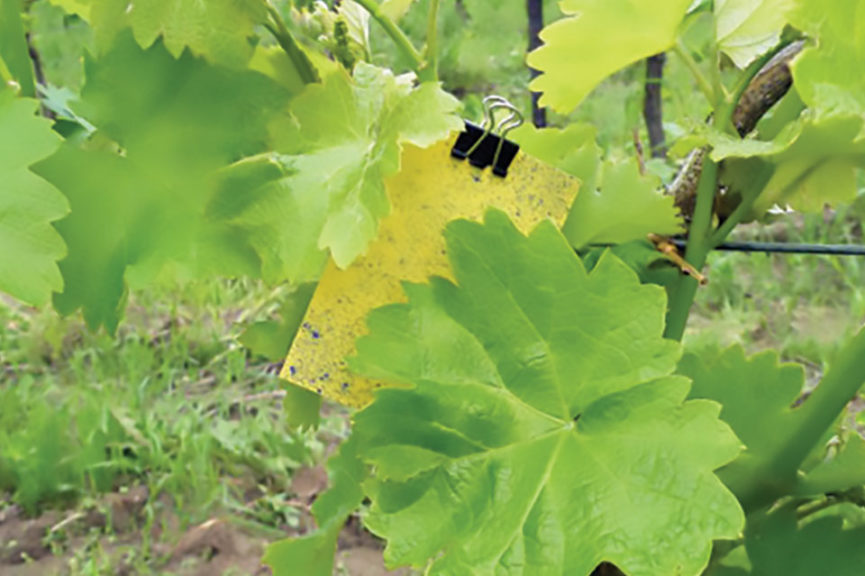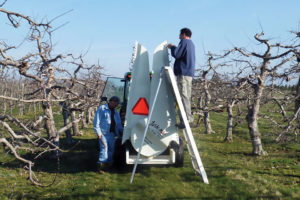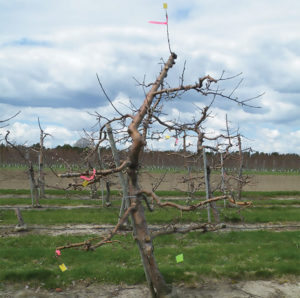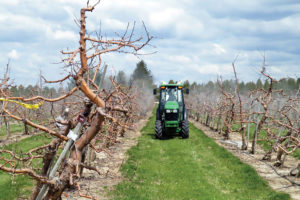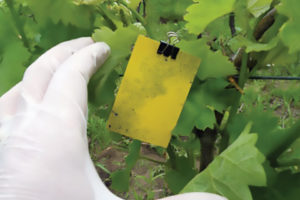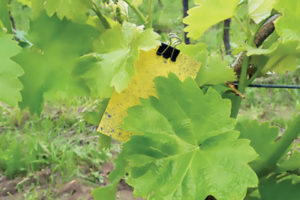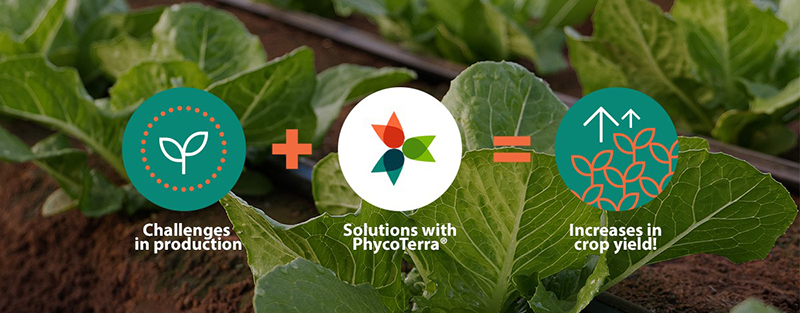How to Calibrate an Airblast Sprayer for Fruit Production
Most, if not all, growers want to improve their crops and reduce their environmental footprint with the equipment they have. To achieve that goal, Jason Deveau, application technology specialist with Ontario’s Ministry of Agriculture, Food and Rural Affairs (@Spray_Guy on Twitter) recommends a simple approach to sprayer calibration that allows growers to pull more power out of their existing equipment.
There are plenty of resources available regarding best practices for the use of boom systems and field sprayers, but for growers using airblast equipment for spraying — which includes most fruit producers — advice can be hard to come by, Deveau says. Calibrating an airblast sprayer is not an easy task, so it’s important for growers to have some information on best practices.
“Airblast sprayers have become the ugly cousin to the field sprayer. It just doesn’t get that attention,” Deveau says.
Often, operators of airblast equipment don’t even realize they could achieve more efficiencies by making some changes.
About 10 years ago, Deveau began shadowing Extension officers and observing growers. In doing so, he started seeing patterns and figuring out what worked and what didn’t.
“I started gleaning all the best practices and tips,” he says.
With the information he gathered, Deveau came up with a method to help simplify the task of calibrating an airblast sprayer. While most people calibrate sprayers using math, Deveau recommends starting with a qualitative method that uses visual cues to track where the spray is going. All that is needed is water-sensitive paper and a few 4-inch lengths of ribbon.
The system described by Deveau is an old method he learned through his travels to different operations. During that time, he noticed how isolated some operations were, and how little feedback growers were getting from peers. The part that was missing was communication — growers didn’t seem to leave their own circles, Deveau says.
Since then, Deveau and his colleagues have helped disseminate valuable tips and tricks through their website www.sprayers101.com, a resource for users of agricultural sprayers.
Adjust the Air Direction
To begin calibrating your airblast sprayer, adjust the direction of the air coming from the sprayer. Deveau recommends only making these adjustments in weather conditions in which you would actually spray.
“The spray droplets produced are very small, and they behave badly,” Deveau says. “They do whatever they want to do. Imagine dropping a feather or a bubble. To get that droplet to do what you want it to do, you need force. That force is air. But too much air can be an absolute disaster for an airblast sprayer.”
While too much air can be a problem, enough air is needed to overcome wind conditions and help the droplets reach the center of the canopy. Deveau noted that it won’t work to simply prescribe one setting to the spray nozzle. It will need to be adjusted over time. In the early season when there aren’t any leaves, the pressure from the nozzle may be enough to drive the droplet. However, when there is a canopy, the pressure may need to be increased.
To determine the correct setting, start by tying two ribbons at the top and bottom of the sprayer. Then, turn on the sprayer and observe where the ribbons are blowing. It’s a way to draw a visual line on the outer edge of the air, explained Deveau.
Next, hang a few ribbons on the target, preferably on the far, upwind side. With a partner standing in the next alley watching the ribbons, drive past the target with the air blowing.
If the ribbons snap straight out, then the pressure is too high and the droplets will not be able to land on the surface of the leaves. If they didn’t move at all, the air isn’t blowing hard enough.
“You want the leaves to waffle and flutter and expose surface to spray,” Deveau says.
If there is too much air, try increasing ground speed, reducing RPMs, or lowering the fan gear. If there isn’t enough air, try doing the reverse. Keep trying until you find a combination that works.
Confirm Spray Is Hitting the Target
After adjusting your air, the next step is to confirm that the spray solution is covering the target. Start by distributing six to eight strips of water-sensitive paper around the target. The paper will turn from yellow to blue where it is touched by spray. To make the paper easier to see, mark the strips with bright-colored flagging tape. Deveau also recommends writing on the back of papers to indicate their location (for example, tree top, middle, bottom, sprayer side, etc.).
Using the speed that worked best when determining the right amount of air, drive down the alley and spray. After the first pass, go back and observe the water strips. If they’ve turned completely blue, they are saturated. Depending on the intended use of the product, this might be the appropriate amount of water, or it might be too much.
If the strips are not wet enough, drive down the other side of the row and finish spraying. If you are not satisfied, adjust the sprayer setting, reset the papers and try again.
Once the sprayer has been matched to the conditions and target, it’s time to do some calculations. Consider how fast you were driving and at what rate the nozzle was putting out product. Record the settings that worked best.
It’s key to make adjustments as the season progresses. If you only calibrate in the spring, the calibration will expire. The sprayer won’t perform the same way in different conditions or at different points of the year.
Benefits of a Properly Calibrated Sprayer
By correctly calibrating an airblast sprayer, you can save spray mix and improve coverage.
“As much as 70% of the spray never hits the target,” Deveau says. “It blows through over and under. If we aim product where it’s meant to go, you’re saving what you would have sprayed up into the air and on the grass.”
Using this visual method of calibrating, the sprayer forces the operator to look closer. Also, Deveau suggests leaving the ribbons in place after calibration is complete, as they will become environmental cues.
“This will become the new normal,” Deveau says. “These tools just show where there’s more efficiency to be had and how to cut back on chemical trespass. Agriculture has never had such big eyes on it as it does right now. We need to be a little more proactive. Anyone who doesn’t have good practices is going to be left out in the cold.”
For growers leery of adopting a new sprayer calibration method, Deveau suggests starting small. Begin with just one variety or one row.
“All it takes is a grower willing to look at things differently,” Deveau says. “They have to take an active role, (and) have to be willing to make changes on the fly.”
Deveau says some growers might find that they can drive farther on a tank than they expected. Even if you are using less sprayer solution per acre than the label indicates you should be using, Deveau says to simply carry on.
“That’s the reward. It’s an environmental win and a crop protection win,” he says.
As long as growers are following the basic requirements of the method, and making adjustments based on the information provided by the ribbons and water resistant paper, their crops should be getting adequate coverage.
“If you can do it efficiently, that’s more money in your pocket,” Deveau says.
For more detailed information about using sprayers more effectively and efficiently, visit www.sprayers101.com. Through the website, growers can download Airblast 101, a handbook that walks growers through the basics of airblast spraying.





